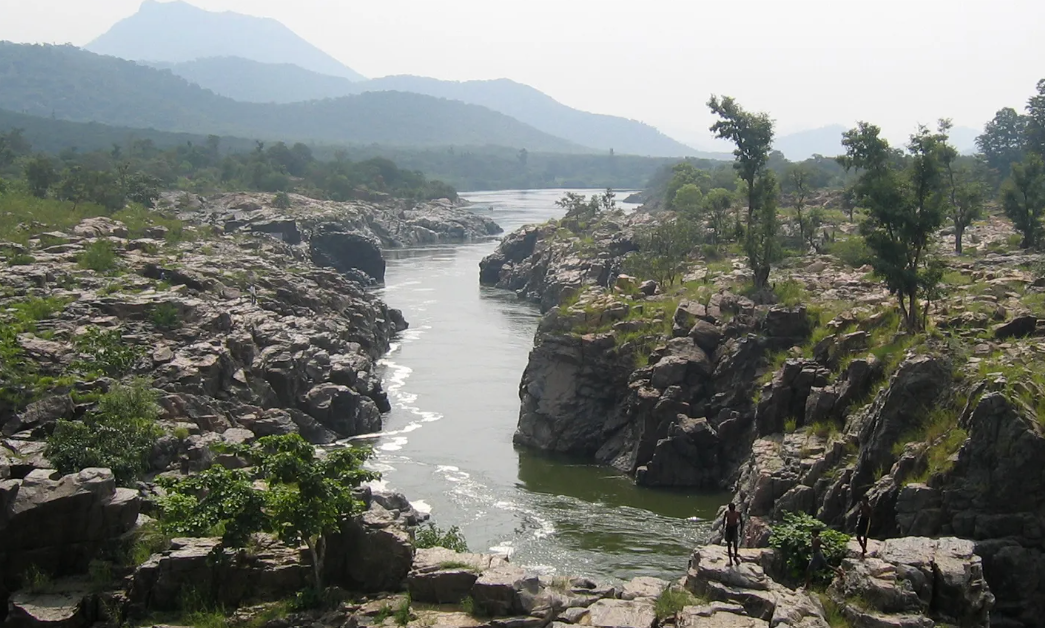- Tirukkazhippalai Palvanna Nathar Temple is a Hindu temple located at Chidambaram in Cuddalore district of Tamil Nadu, India.
- This is one of the 276 Devara Paadal Petra Shiva Sthalams and 4th Shiva Sthalam on the northern bank of the river Cauvery in Chozha Nadu (Vadakarai).
- This is the 58th Thevaram Paadal Petra Shiva Sthalam and 4th sthalam on the north side of river Kaveri in Chozha Nadu.
- This place Thirukazhipalai is between the rivers Uppanaru and Kollidam, also known as Sivapuri is a part of Chidambaram / Thillai.
- This place Thillai was named after a flora called Thillai Tree ( Excoecaria agallocha Linn ) that dominates in this area.
- Chidambaram was called different names line, Puliyur, Perumparappuliyur during 7th to 8th Century
- It is 1000 to 2000 years old.
- It is believed that this is a reconstructed / relocated temple.
- The original temple was about 12 kms away from this place and was called Kaaraimedu.
- It was on the banks of the Kollidam river.
- The old temple was totally destroyed due to floods.
- A devotee by the name of Palaniappa Mudaliar built a new temple in Sivapuri and relocated all the idols.
- The presiding deity is Shiva in the form of Palvannanathar and his consort is known as Vedanayaki.
- The presiding deity is revered in the 7th century Tamil Saiva canonical work, the Tevaram, written by Tamil saint poets known as the nayanmars and classified as Paadal Petra Sthalam.
PURANIC SIGNIFICANCE 1:
- In the days of yore, this place was a forest of vilvam trees. However, strangely, the entire land was white in colour.
- Sage Kapilar, who came by this place as part of his pilgrimage to various Siva temples, was puzzled by this.
- Nonetheless, using the white sand, he crafted a Lingam and consecrated it for worship in the middle of the forest.
- A few days later, Sadakal Raja – the king of this region – came riding and his horse unknowingly tripped on the Lingam, making a mark on the Lingam with its hoof.
- Later, the sage came back here to worship and found the hoof mark on the Lingam. Believing it to be unfit for worship, the sage started crafting another Lingam, when Siva and Parvati appeared in front of him and told him not to.
- They also explained that the place was filled with white sand because Kamadhenu – the celestial cow – had poured milk from her udders on the entire place, and so the Lingam created earlier was already fully sanctified.
- A temple was built around this Lingam, and grew in size in later years.
- Siva is named Pal-vanna-nathar, as the Lingam was originally white (the colour of milk, and hence pal-vannam in Tamil).
- Interestingly, the place of the above incidents is not where this temple is currently located, but at a place that was called Kaaraimedu in ancient days, said to be about 12 km from here.
- Kaaraimedu was located on the banks of the Kollidam river, and the original Chola temple was severely damaged during floods.
- However, the vigrahams and much of the structure were left behind in situ or strewn about, and were brought here and reinstalled in a separate temple reconstructed by one Palaniappa Mudaliar.
- There are several places in Tamil Nadu today called Karaimedu, but none of them are the location of the above incidents.
- However, as a nod to the temple’s original location, the temple’s Teertham is the Kollidam river, which is located at least 10-12 km away from the temple.
PURANIC SIGNIFICANCE 2:
- Sage Kabila during his pilgrimage to Shiva temples, saw this place dense with Vilwa trees and desired to stay and perform pujas to Lord.
- The sand in the place was white as cows voluntarily poured their milk in the place. He collected the sand and made a Linga for his puja.
- While a king was coming there on his horse, the Linga got split by the hit of its leg. Sage Kabila was very sad.
- When the sage tried to prepare another Linga for his worship, Lord Shiva appeared before him with Mother Parvathi and advised him to install that Linga itself though damaged as the milk was brought there by the Divine Cow Kamadhenu.
- It is believed that those worshipping this Paalvanna Nathar Linga would be blessed with all prosperity in life.
- It is believed that consuming the milk used for the abhishek of Lord Shiva – Linga – will bless the devotee with a child.
- It also cures diseases caused due to heat in the body.
ADMINISTRATION:
The Temple is administered by Hindu Religious and Charitable Endowments (HRCE).
DEVOTEES WORSHIPPED HERE:
There is a local story that in the Ramayanam, Rama and Lakshmana passed by this place in their search for Sita.
At that time, Rama is said to have consecrated a temple here, with 108 Siva Lingams.
Lord Shiva darshan to Sage Agastya:
This is one of the places where Lord Shiva granted darshan to Sage Agastya in wedding form.
Sage Valmiki worshipped Lord Shiva here:
Sage Valmiki worshipped Lord Shiva here, according to scriptures.
5e0ac0.png)


